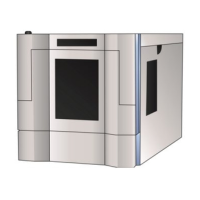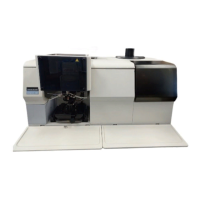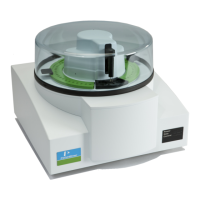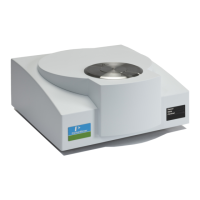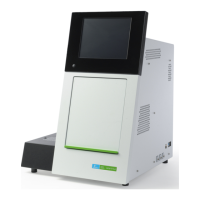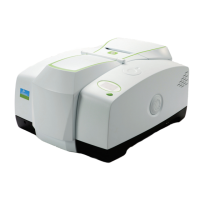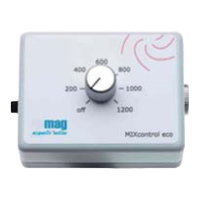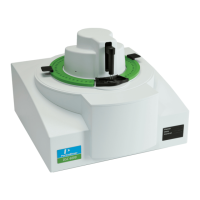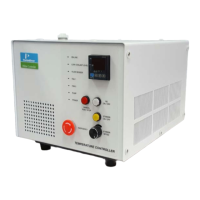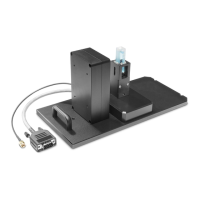ADVANCED FEATURES
PerkinElmer Life and Analytical Sciences 157
Super Low Level Counting
The TriCarb instrument with Super Low Level Counting capability uses a slow,
scintillating, Bismuth Germanium Oxide (BGO) detector guard. The BGO detector
guard is a special assembly that surrounds the sample. The BGO detector
assembly replaces the conventional sample changer and provides an increase in
the Figure of Merit performance compared to the standard counting system alone.
With the exception of the Calibration, Normalization and IPA procedures,
operation of TriCarb models equipped with a BGO detector is the same as the
standard TriCarb models.
The following information is relevant when performing Low Activity, Ultra Low
Level or Super Low Level Counting:
Low potassium glass vials are recommended when counting low levels of
Tritium or Carbon-14 since they enhance discrimination between Beta and
background pulses. Certain plastic vials may be suitable for measuring Tritium
in water.
The source of water used for making background determinations must be
free of contamination by radionuclides. When counting very low levels of
radionuclides, especially Tritium, even the smallest amount of contamination
will increase the count rate of the background sample. Therefore, it is
necessary to secure a source of water for the background samples which is
“dead”, or free of radioactivity.
Samples must be free of extraneous sources of radionuclides, such as that
which may be found in scintillators or any reagents used in their preparation.
Glass vials should be washed and rinsed with a dilute (0.1M) ethylene
diamine tetraacetic acid (EDTA) solution, followed by a “dead deionized water
rinse. This will reduce background and surface contaminants which could
contaminate either the detector guard or sample chamber.
All vials used with this instrument should be sealed with Teflon cap liners and
screw caps to prevent leakage.
Maximum vial dimensions are as follows: small vials must not exceed 17.8mm
in diameter and 58.0mm in height (including the cap); large vials must not
exceed 28.1mm in diameter and 63.0mm in height (including the cap).
The maximum sample activity is 100,000 Counts Per Minute (CPM). If a
sample exceeds this count rate, the system will automatically switch to the
Normal Count Mode. This is particularly important when purchasing or
preparing quench or reference standards for use in High Sensitivity or Low
Level Count Mode.
The luminescence correction feature is typically not used when counting very
low CPM samples. It is preferable to dark adapt samples before the counting
begins. The instrument provides a protocol specific pre-count delay of up to
99.99 minutes. With a pre-count delay, a sample is lowered into the detection

